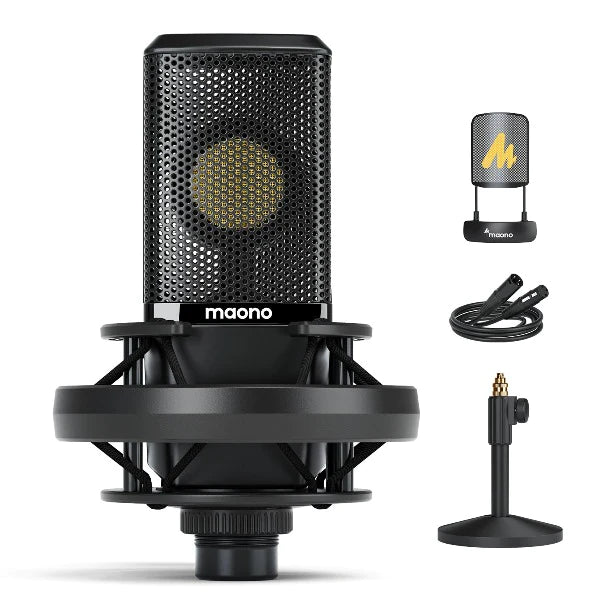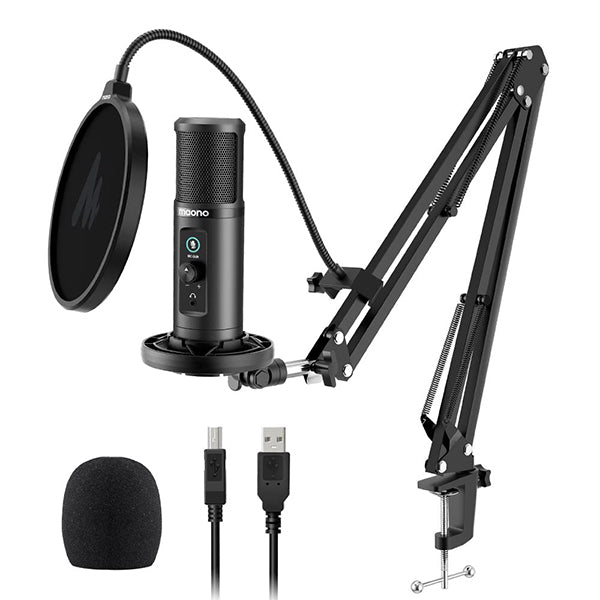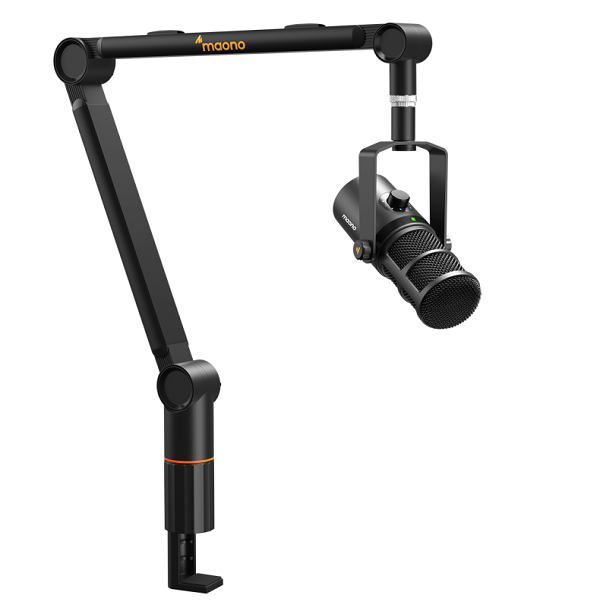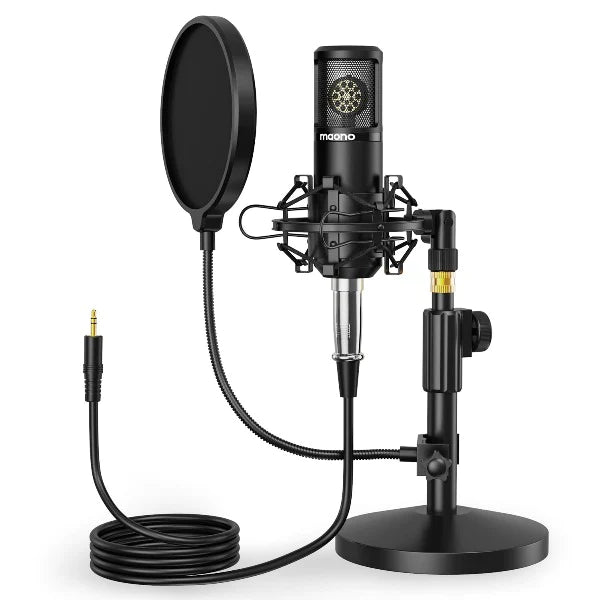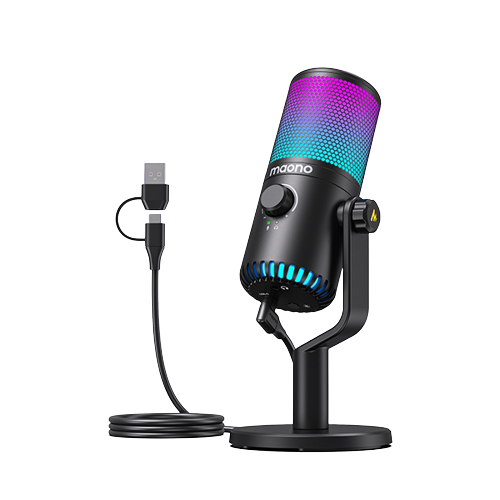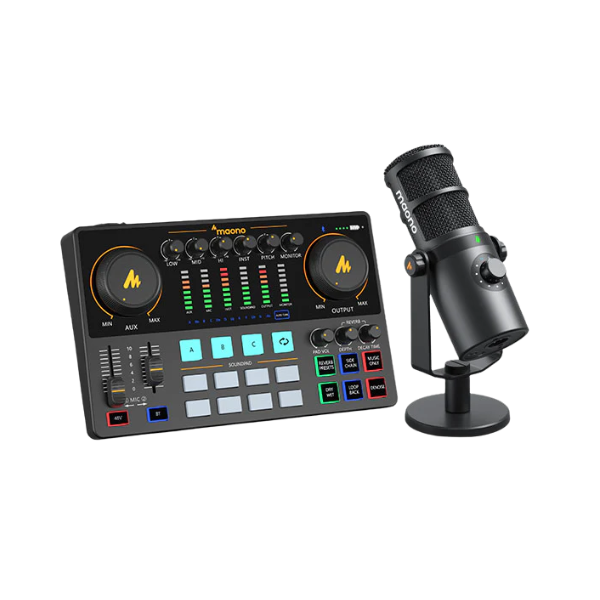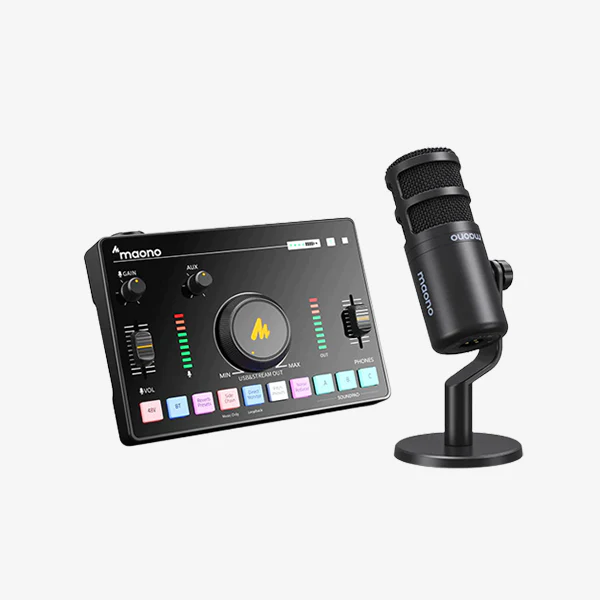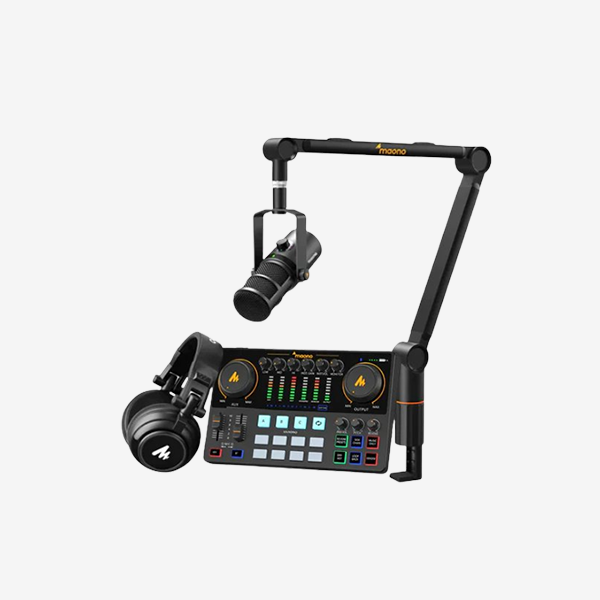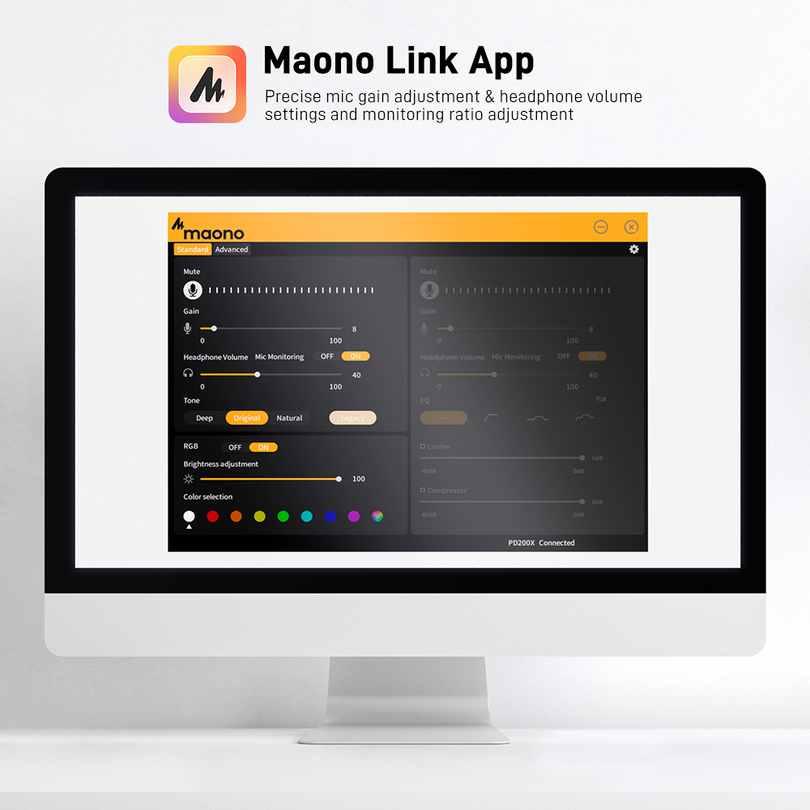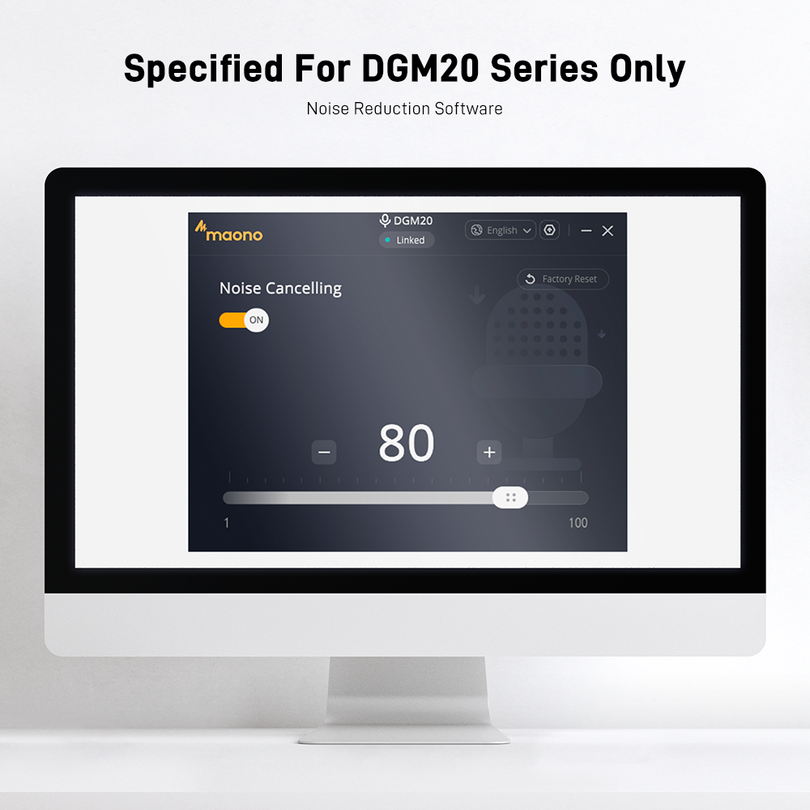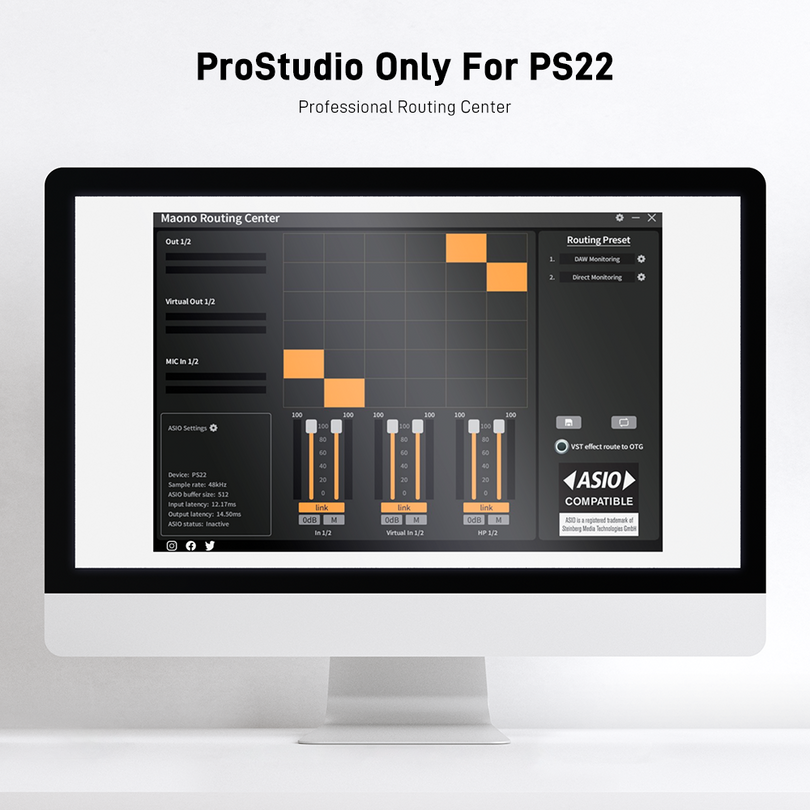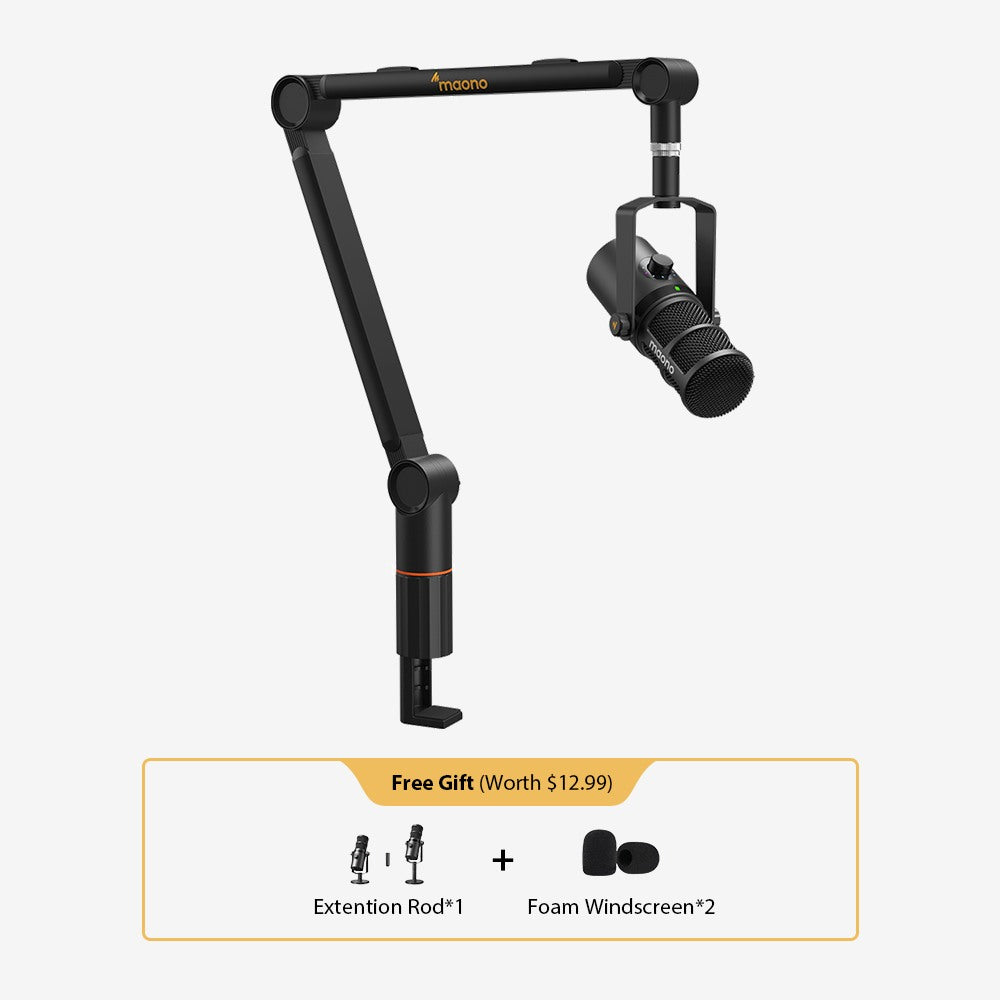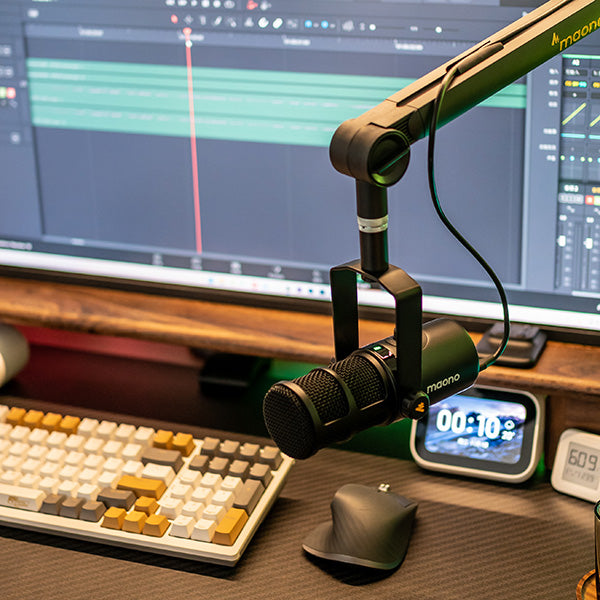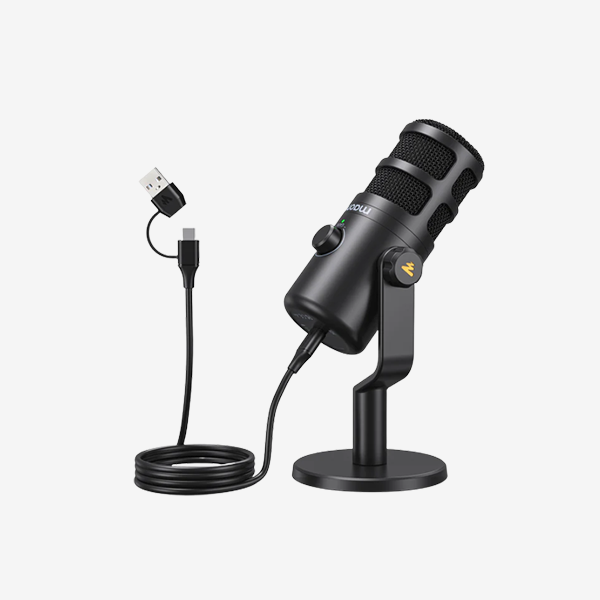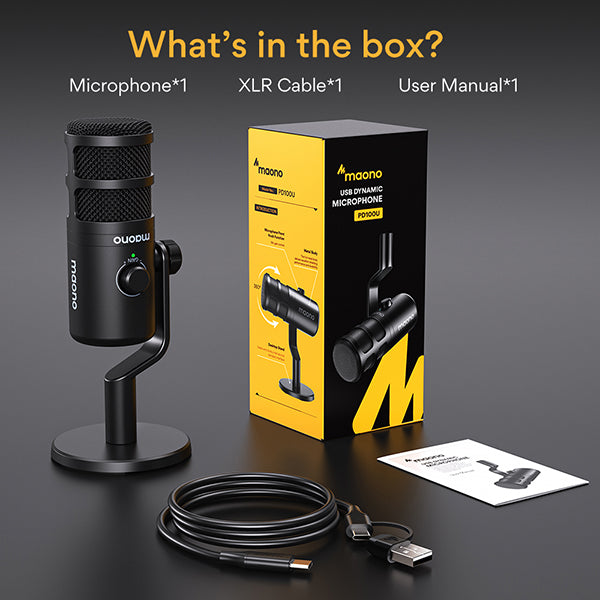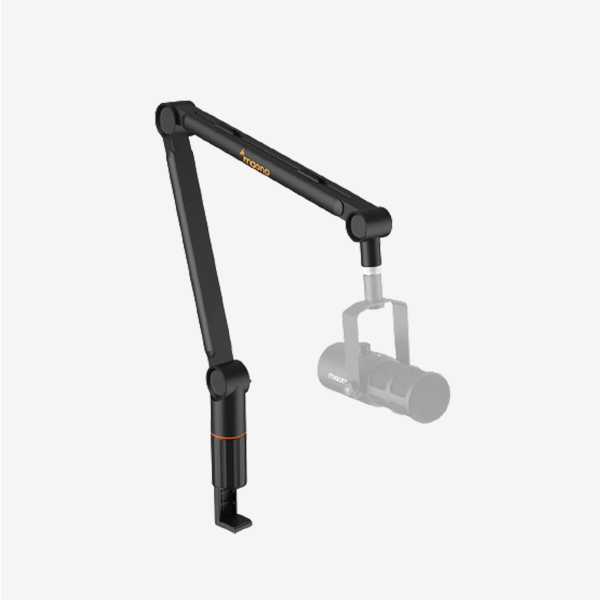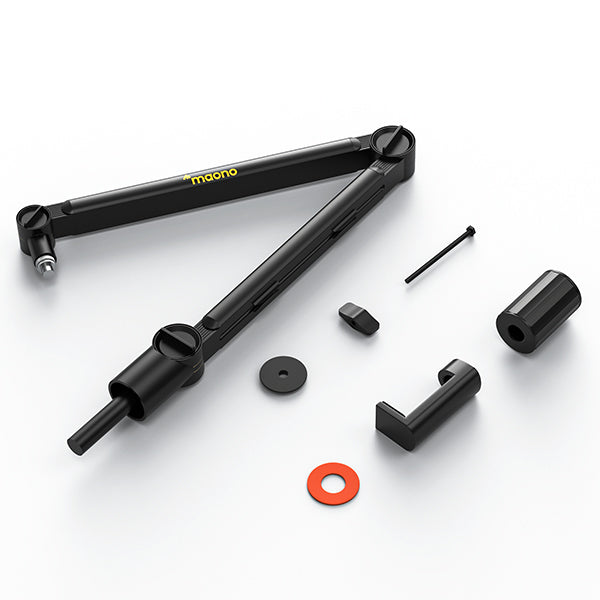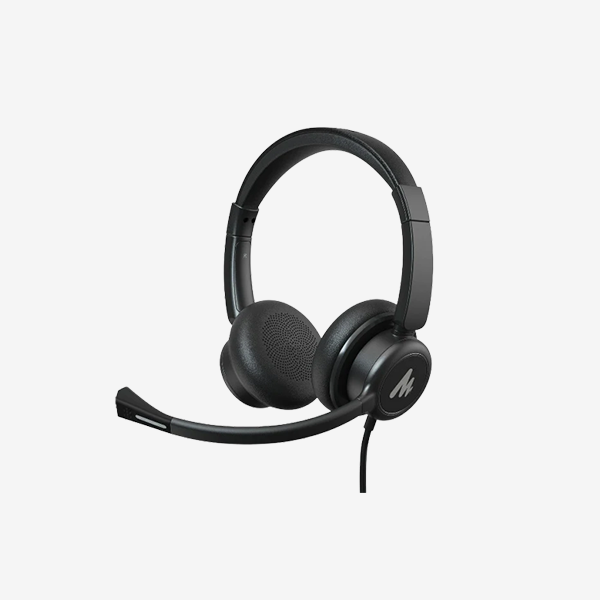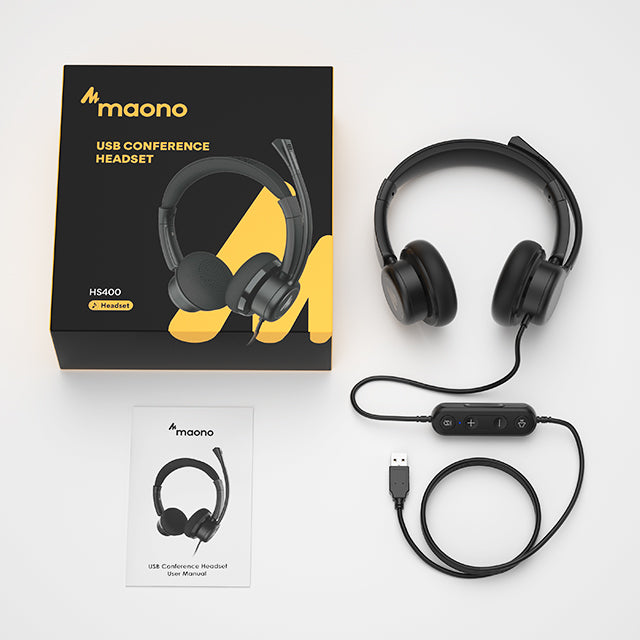You might be considering increasing your electro-acoustic transducer assortment and wish to visualize what’s available lately or, perhaps, you're want to induce your initial electro-acoustic transducer for recording music? I haven’t enclosed any USB microphones however targeted a lot of on the skilled finish of the market.
In any case, here could be a round-up of eight of the most effective recording microphones available in 2020. These most well liked microphones can compliment any music production,home studio, skilled studio or live performance within the music business.
There area unit several nice studio mics out there, and whereas this can be not meant to be a comprehensive or be-all-end-all list, it will gift some nice and generally unnoticed choices to think about, across numerous worth points and usages, beginning with the foremost reasonable initial to the foremost valuable last.
1.MAONO PM422-Best Home Recording Microphone
This USB condenser microphone was designed with the professional sound chipset and 16mm electret condenser transducer, which let the USB mic hold a high-resolution sampling rate up to 192KHz/24bit. Provide you an excellent sound quality.
The flat frequency response of 20Hz-20kHz is excellent for project/home-studio, podcasting,gaming, online chatting, Performed perfectly in reproduces your sound.It’s definitely one mic worth considering. One of the downsides of this mic is the fact that there are no markings on the switch, it doesn’t cut through for vocals like other mics and the excessive length of the body of the mic might be off-putting.
+Microphone-core: Dia.16mm Condenser
+Polar Pattern: Cardioid
+ Frequency Response: 20Hz-20kHz
+ Sensitivity: -38dB+/-3dB (0dB=1V/Pa at 1kHz)
+ Bit Depth: 24 bit
+ Sample Rate: Up to 192 kHz
+ S/N Ratio: 74db
+ Power Requirements: USB (5V DC)
+ USB Cable: USB A to B, Length 98.4 in
One-touch mute/unmute your microphone, and the built-in LED Indicator lights to tell you the working status (Green Light: Working, Red Light: Mute). The microphone gain adjusts knob will help you quickly adjust the sensitivity of mic to reach a perfect voice (+: Increase mic gain; —: Reduce mic gain).
Recommended Videos For Your...
2.MXL DX-2
While not a brand people think of in terms of the best mics, MXL provides surprising quality and value for its price and the DX-2 gets a generally positive review from Sound On Sound (SOS) and so, as our most affordable option, is included here.
The DX-2 is a flat-faced, side-address dual capsule microphone with a conveniently-located cross-fade knob on the back of the mic which makes it ideal for miking a guitar speaker cabinet closely.
In terms of limitations, this is obviously not a top-quality mic since a large part of the attraction is the price, and so there are much better options, given the coin, for applications which require more pristine high-end representation, just as one example.
+ Type: dynamic dual capsule
+ Polar pattern: super-cardioid and cardioid
+ Freq. range: 50Hz – 14kHz
+ Output impedance: 400Ω/600Ω
+ Sensitivity: -52.0 dB re 1V/Pa, -54dB re 1 V/Pa
+ Signal to noise: unavailable
+ Max. SPL: unavailable
+ Additional Features: dual capsule
+ Common Usage: snare, guitar amp
3.Shure SM57
The SM57 and its fraternal twin, the SM58, are classic staples in recording studios and home studio setups as it’s a go-to for snare, tom and guitar amp micing as well as for live vocals.
It’s sturdy, its sound can be heard on many, many recordings and it’s one of the most affordable high-quality microphones available, at £88/$113. One of the unique strengths of this mic is its high SPL handling, i.e., its ability to handle loud sound sources, and hence its frequent usage with guitar amps and drums.
+ Type: dynamic
+ Polar pattern: cardioid
+ Freq. response: 40Hz – 15kHz
+ Output Impedance: 150Ω rated (310Ω actual)
+ Sensitivity: -56.0dBV/Pa (1.6mV) @ 1kHz, open-circuit voltage
+ Common usage: snare, guitar amp
4.Blue Bluebird SL
A large-diaphragm condenser, the Bluebird Shining Path provides high-frequency clarity, swish mid-frequencies and made lows and is meant for a large type of uses, together with vocals, electrical and acoustic guitars, drums and musical organization instruments.A -20dB pad helps facilitate recording loud sources and a high-pass filter minimizes mud and rumble. Of note for potential concern, this mic’s chassis screen association may cause ground-loop problems.
Nevertheless, this studio recordings mic could be a solid go-to for a large type of functions,
creating it a possible workhorse for any studio.
+ Type: large-diaphragm condenser
+ Polar pattern: cardioid
+ Freq. range: 20Hz – 20kHz
+ Output impedance: 50Ω
+ Sensitivity: 28.5mV/Pa
+ Signal noise ratio: 82.3dB (A-weighted)
+ Max. SPL: 138dB (0.5% THD / 1kHz)
+ Additional Features: high-pass filter (100Hz), -20dB pad, 48V phantom power
+ Common Usage: Great microphone for recording vocals, guitar amp, acoustic guitar,strings, drums, woodwind and brass.
5.Sennheiser MD 421-II Microphone
Originally introduced in 1960 with improvements over the years, Sennheiser’s MD 421-II microphone features versatility, pronounced directivity where the bleed is an issue and internal bass tubes which provide accurate low-end response. Even at close range where proximity effect is an issue!
It also handles exceptionally high sound pressure and exhibits effective feedback rejection.
On the downside, there are various criticisms to be found about the clip that comes with the MD 421-II to secure it to a mic stand. Common applications include studio or live performance applications of most instruments,particularly guitar and drums, group vocals and radio broadcasts.
+ Type: dynamic
+ Polar pattern: cardioid
+ Freq. range: 30Hz – 17kHz
+ Output impedance: 200Ω
+ Sensitivity: 2 mV/Pa +/- 3dB / 1kHz
+ Additional Features: 5-position bass control
+ Common usage: guitar, drums, group vocals, radio broadcasts
Hopefully, this breakdown list has given you a good idea of the relative strengths,weaknesses and best uses for each of these microphones. Hopefully it’s also informed yourdecision-making process if you are on the hunt for a microphone.




















